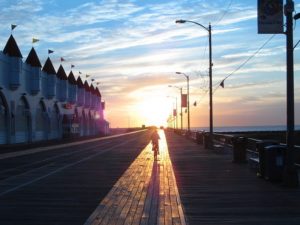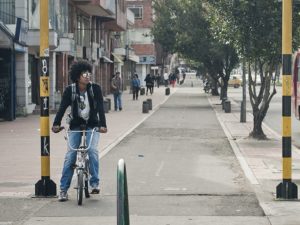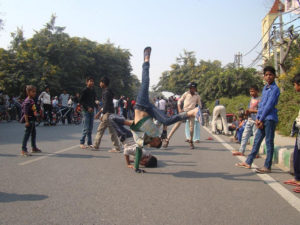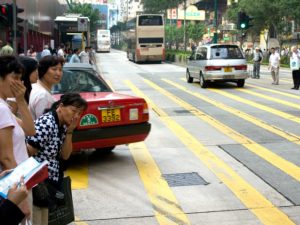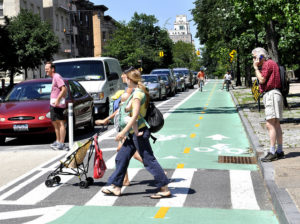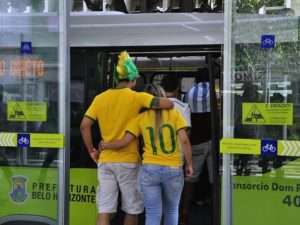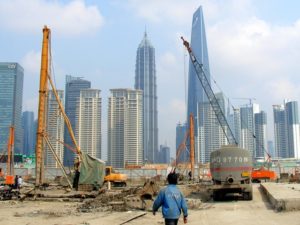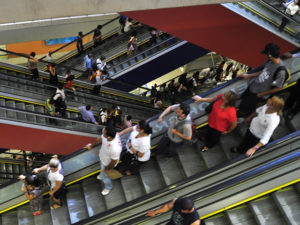
We’ve come to the convergence of two parallel stories in technology: it is now cheaper to get energy from solar power than from coal-fired power plants in the United States, and everyday citizens are increasingly able to prototype and cheaply manufacture hi-tech goods. ...

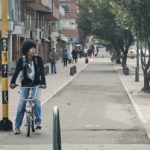
Today TheCityFix has something big to celebrate. We are ranked as one of the Top Blogs for Urban Planners, now for the third year in a row. Since our launch in 2007, we have been working to provide our readers ...

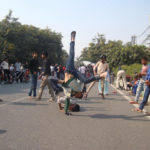
Raahgiri Day, the weekly event that closes city streets to cars to celebrate walking, biking, music-making, and socializing, has expanded beyond Gurgaon, India. The New Delhi Municipal Council (NDMC) together with the New Delhi Police Department has decided to stage ...

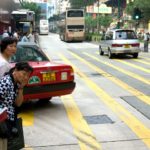
China currently has enough roads and infrastructure to accommodate 300 million vehicles. With car ownership reaching 137 million at the end of 2013, and 74 Chinese cities already reporting pollution surging above the level deemed safe by the World Health Organization (WHO) for over two thirds ...

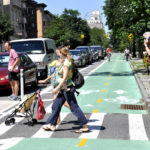
According to the World Health Organization’s (WHO) Global status report on road safety 2013, only 7% of the world’s population is governed by comprehensive road safety laws. In a world that already sees 1.24 million deaths from traffic crashes each ...

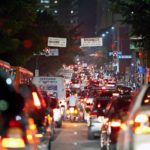
While the idea of ‘free time’ is by nature associated with individual choice and being momentarily ‘free’ from the demands of everyday life, the amount and quality of this time we have at our disposal is closely linked to city-wide ...


World Cup fans may be focused on the games, but critics are paying attention to another aspect of the event—its price tag. Brazil spent billions of dollars on World Cup infrastructure, and many are understandably questioning the long-term benefits these ...

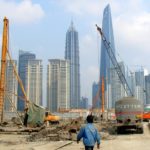
SMART at the University of Michigan is honoring enterprises along with cities and states supporting enterprises that are making the world a better place through innovative sustainable transport. The deadline for entrepreneurs to apply is July 7, 2014. We live ...

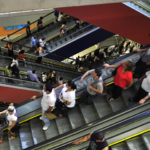
This article reports on presentations made by Philip Yang, President, URBEM (Urbanism and Urban Studies Institute for the city of Sao Paulo), Jianming Cai, Professor at the Institute of Geographic Sciences & Natural Resources Research (IGSNRR), Chinese Academy of Sciences (CAS) and Alexandros Washburn Founding Director, Center for ...

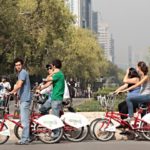
This year marks the seventh anniversary of the “Muévete en bici” (Bike Move) program in Mexico City. Every Sunday for the past seven years, the city has closed many of its streets to cars, and opened them up to pedestrians ...

Page 130 of 337« First...1020...129130131...140150...Last »







